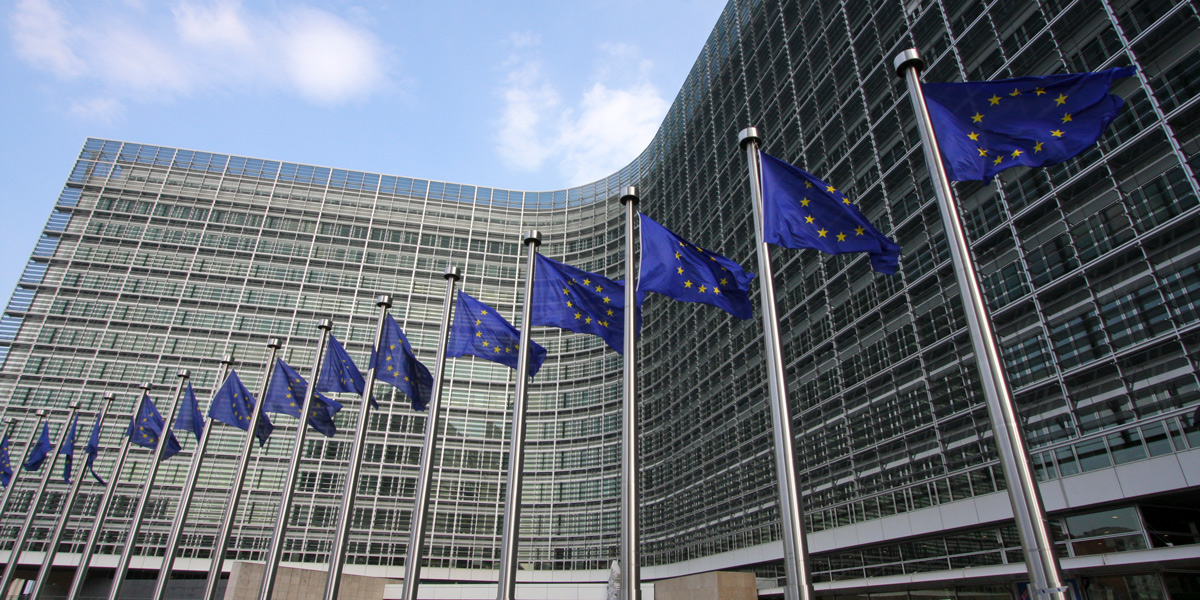
Health officials protected use of 32 dangerous pesticides
Newly released European Commission documents reveal a fight to cripple important European pesticide protections. The haul of over 600 documents was obtained after a two-year legal battle won by Pesticide Action Network Europe (PAN). They show top officials trying to protect chemical and farming interests from incoming European rules that were expected to directly ban up to 32 (page 115) endocrine disrupting (EDC) pesticides.
The law set out specifically to protect human, animal health and the environment and followed 25 years of mounting scientific evidence linking EDC pesticides to severe human health impacts and gender-bending effects on animals. They may be the cause of birth defects that shocked France last year and made international news headlines.
PAN Europe commented in a press release: "The secret papers, released by an order of the European Court of Justice, show an internal struggle to define scientific criteria for identifying and banning EDC pesticides.
"Outnumbered environment and research department officials are seen resisting attempts by agriculture, enterprise, industry and even health department officials to water down the criteria by introducing non-scientific factors, such as farming profitability.
"They were joined by the Commission secretary general who orchestrated [documents 42, 559] a flawed impact assessment process.
"Its bizarre early results downplayed health impacts [document 258]; found that the more pesticides that remained in use, the less the impact on health and the environment [document 560]; and that the fewer EDC pesticides identified, the better [document 273]."
The two-year row was brought to an end by the European Court of Justice. In a case brought by an alarmed [document 259] Swedish government, the court ruled that non-scientific aspects should play no part in setting of EDC criteria and the impact assessment was illegal.
The hostile majority of departments were trying to derail a “golden shield” protection for health and environment known as the "hazards approach" to pesticides, according to PAN. Unique to Europe, the legal principle means that any pesticide found to be an EDC, carcinogenic, mutagenic, reprotoxic, persistent or bioaccumulative, even at very low doses, will be quickly banned throughout Europe. This has led to rejected food imports and trade friction with regions with weaker protections.
The endocrine criteria were finally published on 19 April 2018, five years overdue. The hazards approach survived, but the criteria were crippled in other ways. Eight of the 32 pesticides have been withdrawn for reasons other than EDC criteria. None have been banned because of the EDC rules and few will be, PAN says.
The hazards approach continues to come under attack. Agrafacts reported on 5 April that DG Sante is reviewing a collection of endocrine laws, with a view to changing them (in particular the aspects relating to the hazards approach), despite them being under a year old. A new report for the Commission, written by the Scientific Advice Mechanism (SAM) together with industry-linked experts and supporters of anti-regulation pressure groups, recommends scrapping the hazards approach.
PAN Europe chemicals policy co-ordinator Hans Muilerman said: “It took us years to get these documents. They did everything they could to keep them secret. What the papers revealed shocked me, even after 15 years working on pesticides. How can health officials try and twist a law designed to protect people into something that does the opposite, on behalf of industries causing serious illnesses? We think they want to see a globalised farming system in the mould of Monsanto, free of meaningful regulations. They aimed to allow pesticide exposure higher than what the law intended.
"These revelations could fuel popular concern that business interests run Brussels. We understand that concern, and see the deregulation forces at work. But some departments are seen fighting for fair, fact-based decisions.
"It was a clear political decision that gave Europe the hazards approach, a golden shield against toxic pesticides that officials must dutifully use in full. We hope the upcoming European elections will bring fresh leadership in Brussels to breathe new life into this and many other good EU laws.”
In the decade to 2019, the number of EU approved pesticides doubled to about 500. A 2012 UNEP/WHO report suggests endocrine-related diseases are rising globally, with chemical exposure playing an important role. A 2016 Lancet article put the related disease costs in Europe at $217 billion per year. Phasing out a range of pesticides will substantially improve the situation, PAN said.
Individual states, the European Parliament and the Court of Justice are increasingly pushing back against the Commission’s handling of chemical laws. France cites consistent concerns voiced by citizens about chemical exposure in their daily lives. European elections start in two weeks on 23 May.
Official polls consistently find that Europeans are concerned about chemical exposure. Over a million signed a petition against pesticides. A European Parliament resolution calls for full and uniform use of the hazards approach.
A document guide is available here.
Source: PAN EU
https://www.pan-europe.info/press-releases/2019/05/top-eu-officials-fought-higher-pesticide-exposure-secret-documents-show










